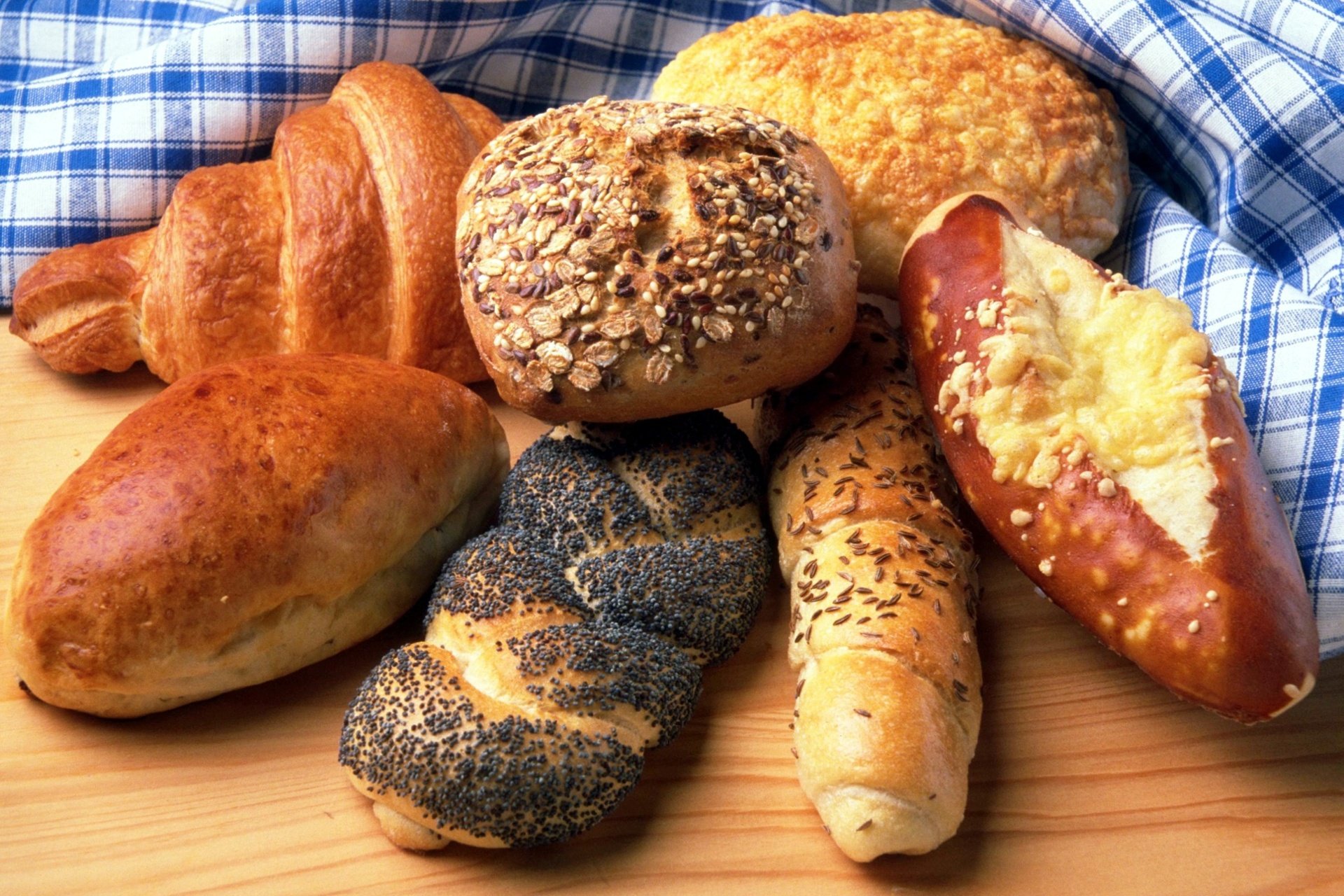New FSMA regulations have made due diligence in allergen removal not only the morally right thing to do, now it’s the LAW! Dry cleaning, simply won’t remove them.
For many years, I have pondered, and doubted, the effectiveness of dry-cleaning a bakery. In the early years of my career, I was a Sanitation Manager for one of the largest bakeries in Denver, Colorado. Almost every piece of equipment was dry-cleaned.
Back then, it meant sanitors were battling a tight production schedule with shop vacuums and compressed air nozzles blazing away at flour dust with 120 PSI air, moving mountains of flour as fast as possible. As soon as anything across the room was cleaned with the vacuum, it was dirty again from re-depositing flour.
Allergen cleaning was just beginning to “become a thing” like cleaning a spiral cooler that every loaf of every variety touched (including nut-containing varieties), while drifting along their happy way until they met their ultimate doom – the slicer! Allergen varieties were typically scheduled toward the end of production runs, but that dreaded cooling conveyor chain was only cleaned ANNUALLY! As you might imagine, there were sleepless nights spent thinking about a child with a nut-allergy, consuming an accidental nut!
Dry cleaning has been the traditional method of cleaning a bakery for a variety of reasons:
- Ease of operation. It was as easy as connecting a spray gun to an air hose, and let-err-rip!
- Sanitary design of older equipment didn’t exist. Soil niches, and ease of cleaning weren’t thought about in the design phases of equipment manufacturing in the early nineteen hundreds. Much of that equipment is still in use today.
- Reduced maintenance headaches and downtime. Historically, electric motors that were “wash-down” or waterproof weren’t required in bakery design. Getting a motor wet, and the associated downtime, could cost a typical bakery $6,000 an hour, according to recent figures.
- Reduced microorganism growth. Moisture plus food equals potential mold and growth of bacteria.
Why wet clean?
- Increasing food safety legislation. Third-party audits, clients and auditors have become more demanding and want to know a food contact surface has been cleaned effectively. According to FSMA, “thorough cleaning between products with different allergens is required to prevent cross-contact”. Allergen-containing soil must be removed! According to Charles Giambrone, Rochester Midland’s Vice President of Technical Services, and SQF Consultant, “SQF and BRC audit schemes currently require allergen control, which includes validation and testing”. Removal of all soils that could potentially contain allergens can only be removed effectively with detergent and water.
- Improvement in sanitation tools and technology. Twenty years ago, floor scrubbers with vacuum attachments, effective steam cleaners, and reliable pressure washers, weren’t advanced enough to clean a bakery as fast as today’s tools.
Steam cleaners and pressure washers are now available with chemical injection, in a various array of voltage supplies, from 110 volts – 480 volts. These newer units heat up fast, and can remove most tough soils with ease, while reducing the total sanitation program’s water usage. This option fits well with most bakeries’ sustainability initiatives.
Let's say you don’t have any floor drains, create a water dam with long plastic tubing (6” plastic tubing is available in 200’ rolls), filled with water, to contain the water. Afterwards, water pick-up with a riding floor scrubber that has a vacuum attachment is a snap! The idea is to GET CREATIVE folks!
- Stored product pest elimination. A common issue in bakeries is stored product pests. Bakeries are literal breeding grounds for red / confused Flour Beetles, Indian Meal Moths, Cigarette Beetles, just to name a few. Nothing ruins the day for the adult, larvae, or egg stages of these common pests like 180 - 250 degrees Fahrenheit! These temperature ranges are commonly achieved when using the previously mentioned cleaning equipment.
Hopefully, I have demonstrated that, depending on the environment, the pros can outweigh the cons in the argument of dry vs. wet cleaning.
Wet cleaning bakery equipment, the right way
| 1 | Have a properly written SSOP (Sanitation Standard Operating Procedure), with pictures of each step, for the Sanitation Team to use in order to complete the assigned task. If you don't have one, an RMC representative can assist you in building one! This should include a Global Statement which lists things like necessary tools and utensils, essential PPE (Personal Protective Equipment), required detergents, and sanitizers for performing the task. If mixing is required, usage ranges should also be listed. |
| 2 | Post "Wet Floor" signage in the work area. 80% of industrial accidents are resultant from Slips, Trips and Falls. SAFETY FIRST! |
| 3 | The next item under the "SAFETY FIRST" category is to properly use the LOTO (Lock Out, Tag Out) program designed for the piece of equipment to de-energize any pneumatic, electrical, hydraulic, or kinetic energy sources that could injure personnel working on the equipment. |
| 4 | Cover sensitive electronic touch-screens, electric motors, E-stop sensors, and electrical boxes with a waterproof covering, such as a plastic bag, and tape. Nothing ruins the relationship between a Sanitation Manager and a Plant Engineer faster than a destroyed $10,000 motor! |
| 5 | Set up a water containment method in areas without floor drains. |
| 6 | Have authorized personnel remove all conveyors, and protect cotton belting if it cannot be removed. |
| 7 | Vacuum the equipment to remove all flour from all areas possible. Compressed air can be used to get hard-to-reach areas clean. Use compressed air with RESTRAINT, and make sure the air gun is fitted with an OSHA approved safety nozzle! |
| 8 | Pre-rinse with potable water. |
| 9 | Apply an approved detergent to the equipment using a foam-generating device. |
| 10 | Elbow grease! Use a scrub pad or brush to create impingement (physical agitation) on the soiled surface. Be extremely thorough to get to all surfaces, including footings. For aesthetically-important surfaces that are not to have scratches permanently engraved on their shiny, stainless paneling, make sure to use a non-scratching rated pad! |
| 11 | Rinse with potable water. |
| 12 | Inspect. This means.... GET DIRTY! Don't be afraid to lay a slip sheet on the ground, and climb underneath, on your back, to look for missed areas. Bakery sanitation is a dirty job! |
| 13 | Swab for verification of cleaning. If swabbing is done post-sanitization, some sanitizers can cause a false-positive result. |
| 14 | After passing the swab test, SANITIZE. |
| 15 | Remove water from the floor. |

